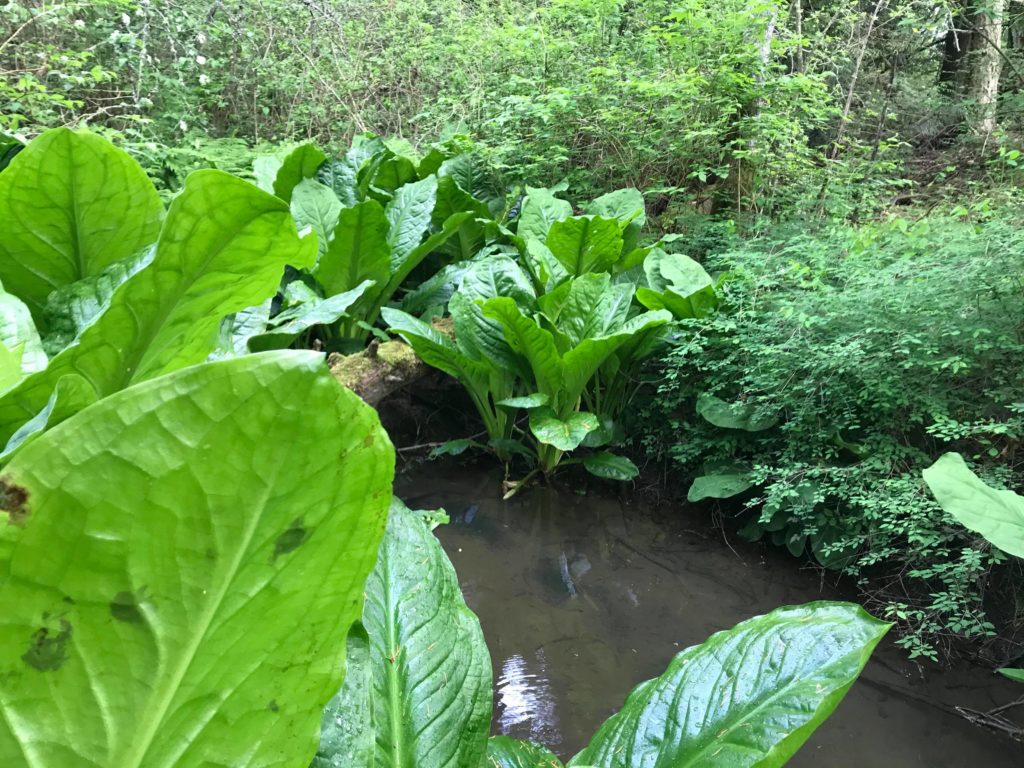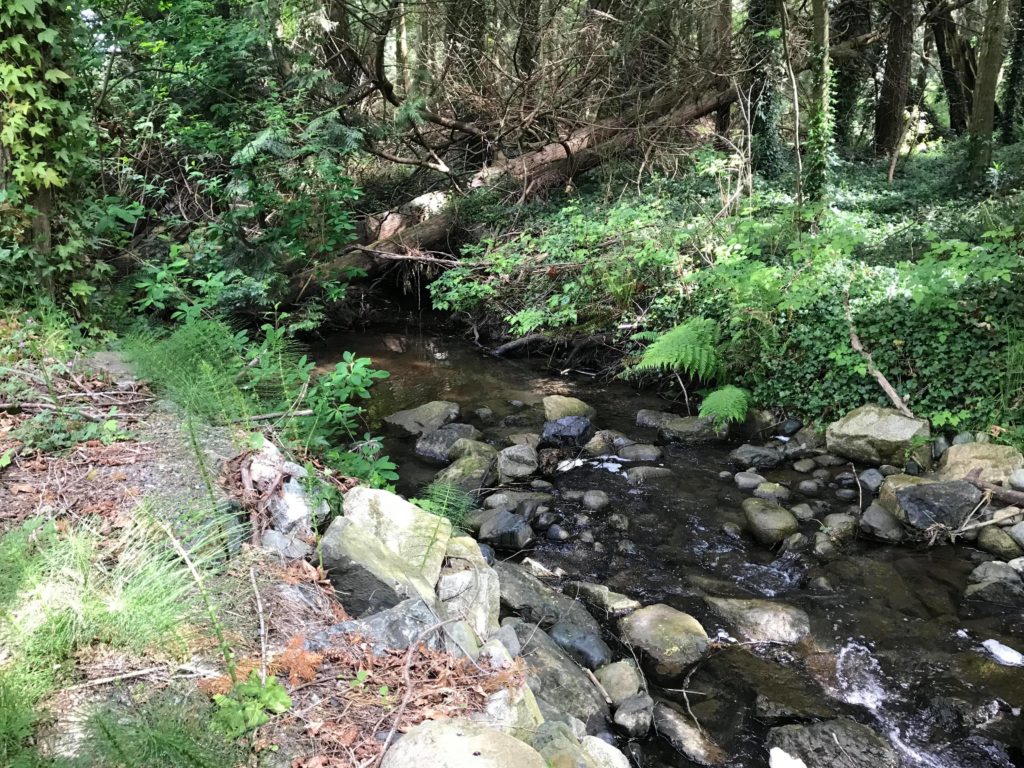Environmental non-profits thrive when supported by volunteers and citizen science. Our volunteers’ dedication and passion are what drive our community-based environmental conservation, scientific monitoring, and restoration programs. One of our longest-running citizen science-led initiatives, the Water Quality Monitoring Program, encompasses this commitment, and demonstrates a dedication to Peninsula Streams Society’s work.
Since 2005, our citizen scientists have been tirelessly trudging through rain, weeds, bush, mud and skunk cabbage to monitor water quality in creeks from North Saanich to Victoria. Samples are collected in Hagan/Graham, Tetayut, Tseycum, Reay, Colquitz and multiple other systems. Our trained stream keepers measure streams for dissolved oxygen, temperature, pH, conductivity and turbidity. Water samples are also collected and submitted to a local lab, where concentrations of fecal coliforms, nutrients, heavy metal concentrations, TEHs (Total Extractable Hydrocarbons like lubricating oils and greases) and PAHs (Polycyclic Aromatic Hydrocarbons from crumbling asphalt and tires) are determined.

The water quality data collected by our volunteers is critical to understanding the health of local streams and identifying pollution events. Our citizen scientists collect samples from each study area once or twice a month to ensure that people who live or work near the water properly dispose of wastes and chemicals. Our volunteers are an integral part of the coordination and collection of this data. One shining example is Volunteer Denis Coupland, who has been coordinating the volunteer water quality outings in Central Saanich for over a decade.
Another such committed stream keeper is Farrell Boyce, a Peninsula Streams Society volunteer since 2008. Recently Farrell sat down with us (virtually!) to share his experience about volunteering with Peninsula Streams' water quality monitoring program.
After 30 years working as a research scientist at the Canada Centre for Inland Waters (CCIW) in Hamilton, Ontario, Farrell decided to move back to B.C for retirement and apply his skills and knowledge to a variety of community based projects. Witnessing the negative effects of upstream pollution on both marine and freshwater environments was what drew him to Peninsula Streams Society’s Water Quality Sampling Group.
Since then, Farrell has been a dedicated volunteer on many Peninsula Streams projects. On the topic of working with the organization, Farrell wrote “Peninsula Streams pulls together many diverse water protection groups into a Peninsula-wide network, a community that is refreshingly non-political. The integration/coordination of efforts through Peninsula Streams has been and remains extremely valuable - irreplaceable even.”
As he reflects on his time spent as a citizen scientist, Farrell recalls that “Sampling sites are charming in some places, disgusting in others. But time out of doors with congenial people; becoming increasingly familiar with the Peninsula landscape; and having a sense of tangible contribution, more than offsets the time, struggle and bramble scratches.”
Currently, there are seven PSS volunteer Water Quality Monitoring Programs operating throughout the Greater Victoria region. Plenty of room for more citizen scientists! Anyone, regardless of age, can test the quality of water, whether they are retired, working, or studying. This program provides an opportunity to learn new skills while also contributing to the protection and maintenance of local watersheds. Many people find water quality monitoring to be a welcome change from their day jobs, spending time outside refreshing their mind and body.

The aquatic habitats around Greater Victoria and the Saanich Peninsula are worth respecting, defending and protecting. The diversity of life that thrives in these connected coastal environments inspires in our volunteers a desire to protect, steward and restore. Farrell maintains his hopeful attitude as he contributes to the protection of local waters on a monthly basis. “There are delays and setbacks, but the overall feeling is that we are all moving forward, in close contact with the interfaces between people and the land and the water.”
For more information on the water quality monitoring program, how to get involved, or if you have anything to report, contact us.

I was reading an article on the internet by a university team in USA wondering why fish in urban streams were dying even though restocked, they came to the conclusion that PAHs Polycyclic Hydrocarbons were the problem getting into streams and that is why fish were dying. They are trying to get the Tire manufactures to remove the chemical from Tire construction, I am wondering if Peninsula Streams Society is taking up the challenge in Canada to get this chemical removed from tire construction, I know you monitor the chemical but can anything be done to remove it besides redirecting road drainage flows from entering streams. Just curious, thank you. TJ Ross.
Hi TJ I just now came across this question and thought I would add a little answer. This concern came to light through studies and since then many streamkeeprs have been working with DFO science branch to sample areas where locals have been finding prespawn mortalities in the coho and chinook populations as well as deal juveniles. W started with one creek and now are at 33 being moniord with DFO. The tire tread toxin seems to affect the coho and chinook, not so the pink and chum ( another example showing they are genetically different fish) another organization The Salmonid Enhancement and Habitat Advisory Board (Ian Bruce of PSS is active on this board) had the Canadian Tire Association present to them. The association is actively trying to find a replacement for the ingredients in tires that help the tire last longer Their concern it to get it right, to ensure they dont change one chemical out for one that is more harmful. Lets hope they do so quickly